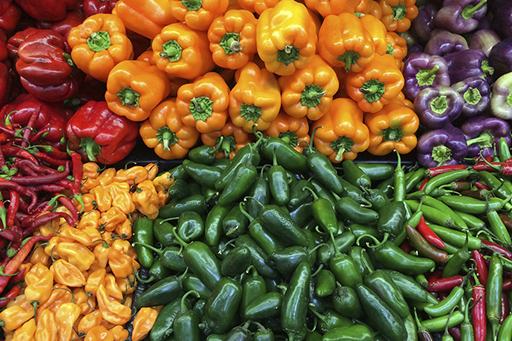1.1 Ways of grouping data
Think back to the weather dataset you used in Week 3 , how might you group that data into several distinct groups? What sorts of comparisons could you make by grouping just the elements of that dataset? Or how might you group and compare the GDP data?
One thing the newspapers love to report are weather ‘records’, such as the ‘hottest June ever’ or the wettest location in a particular year as measured by total annual rainfall, or highest average monthly rainfall. How easy is it to find that information out from the data?
Or with the GDP data, if countries were assigned to economic groupings such as the European Union, or regional groupings such as Africa, or South America, how would you generate information such as lowest GDP in the EU or highest GDP in South America?
This week you will learn how to split data into groups based on particular features of the data, and then generate information about each separate group, across all of the groups, at the same time.
Activity 1 Grouping data
Based on the data you have seen so far, or some other datasets you may be aware of, what other ways of grouping data can you think of, and why might grouping data that way be useful?

